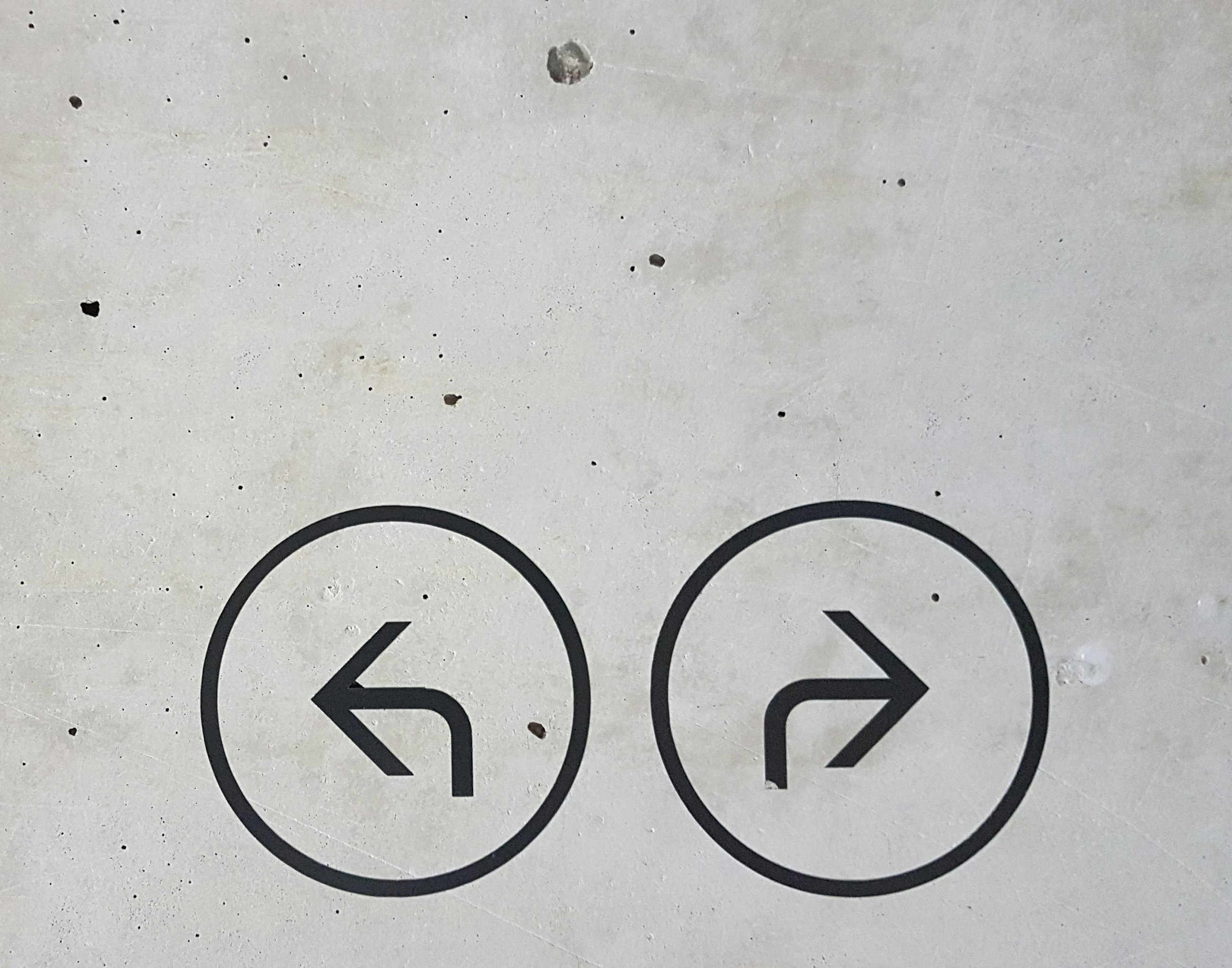– and see things with new eyes
2 May 2019
Everybody talks about the benefits of giving feedback. However, when a colleague approaches us and says: “Can I give you some feedback?”, most of us get a really bad feeling. But why is that?
When we are offered feedback, many of us say yes in the situation, because that is what is expected of us. But in our heads, we often still think: ”Oh no, what have I done wrong now?” or “I’d rather not have your feedback”.
But why is that when feedback is supposed to be so good?
Moving away from “fixing” others
Oftentimes, feedback is used as a way of “fixing other people”, meaning that we approach the person we want to give feedback to as if we are the ones who hold the truth and the person receiving feedback must change according to our truth. This is the reason that people may turn their backs on feedback as no one likes to be “fixed”.
Imagine if we could change the old ways of thinking about feedback, when feedback was something we gave to others based on the belief that we held the truth and the other person was “blind” in some way. Or when we used “the burger model”, meaning that we started by saying something nice, then revealed “the beef” (the thing we thought the other person did wrong) and at the end saying something nice so the person would be able to better receive our feedback. These are just a few examples of the old ways of giving feedback that many of us are taught in the organisations we have worked in. Do any of them sound familiar to you?
What if we could turn feedback into more of an equal dialogue and be much more curious to understand the different perspectives of others? A dialogue where we were more humble, acknowledging that no one is holding the truth because unconsciously, we are all biased. A way of giving feedback where we would not be “fixing people” and “filling them up like empty glasses”, but rather could be giving feedback that builds on strengths and potentials that are already present in people but might need some assistance to grow and develop even more.
If you can agree to the fact that no one likes to be “fixed”, and that we would all rather like to develop and grow, then we need to rethink feedback and see it with new eyes.
Three ideas on rethinking feedback
The old paradigm no longer works; worst-case scenario, it even makes people less motivated to learn and develop. Therefore, I offer you three very simple, yet bold ideas. Hopefully, they will make it easy to move away from the old paradigm of feedback and towards a new paradigm, where people are having feedback dialogues rather than someone “being fixed” or “fixing others”.
Idea 1: See feedback as dialogues
The first idea is: Let’s stop talking about it as “giving feedback” and rather start talking about it as “having feedback dialogues”
We know from research that when we hear ourselves talk and articulate something, we start reflecting on it and become wiser as well as motivated to learn and develop. So, if we want to practise feedback from which people learn and develop, we need them to start talking. Therefore, we have to stop “giving feedback” to others, only expecting them to reply with “thanks” before both parties move on to the next task. Instead, we need to make room for conversations and more ongoing feedback dialogues.
Idea 2: Throw out the models
The second idea is: We don’t need any feedback models – so let’s throw them out!
Models are redundant. In a feedback situation, the only thing we need is to balance advocacy and enquiry every time we want people to develop and become more motivated to learn. In other words, all good feedback contains questions. If we start asking more questions before, during or after the feedback, something magical will happen. Questions like: “What would be helpful for you to have my opinion on?” or “Now you know my perspective on the situation, and why it worked really well for me – but what were your thoughts on doing what you did at the meeting?”
And then we need to ask others for their feedback much more frequently if we too want to learn and develop. Before a meeting, you could for example ask: “Could you give me some feedback on what works well for you in presentations like the one I am going to deliver? Especially the part about getting my message across to our client – I would really like to hear your opinion on that.”
Idea 3: Use feedback to see other perspectives
The third idea is: We need to start seeing feedback dialogues as unique opportunities to take a look through other people’s “keyholes”.
So what do I mean by that? Well, I mean that we are all unconsciously biased and thus in some ways “blind” to other people’s perspectives. Therefore, we only see the world through our own little “keyholes”.
We need to be more curious in our feedback dialogues if we truly want to help and support others in accelerating their learning and development. In addition, we must also realise that it is not only the person receiving feedback who can learn from the dialogue. On the contrary, we can all become wiser. In other words, having feedback dialogues is a unique opportunity to look through other people’s “keyholes” and see things in a new perspective through the eyes of others.
I wish you all the best with your future feedback dialogues.
Sources
Buckingham, M. and Goodall, A. (2019), "The Feedback Fallacy" in Harvard Business Review
Buckingham, M. and Goodall, A. (2019), Nine Lies About Work, Harvard Business Review Press
Miller, W. R. and Rollnick, S. (2013), Motivational Interviewing: Helping people change, Guildford
Stone, D. and Heen, S. (2014), Thanks for the Feedback, Portfolio Penguin






